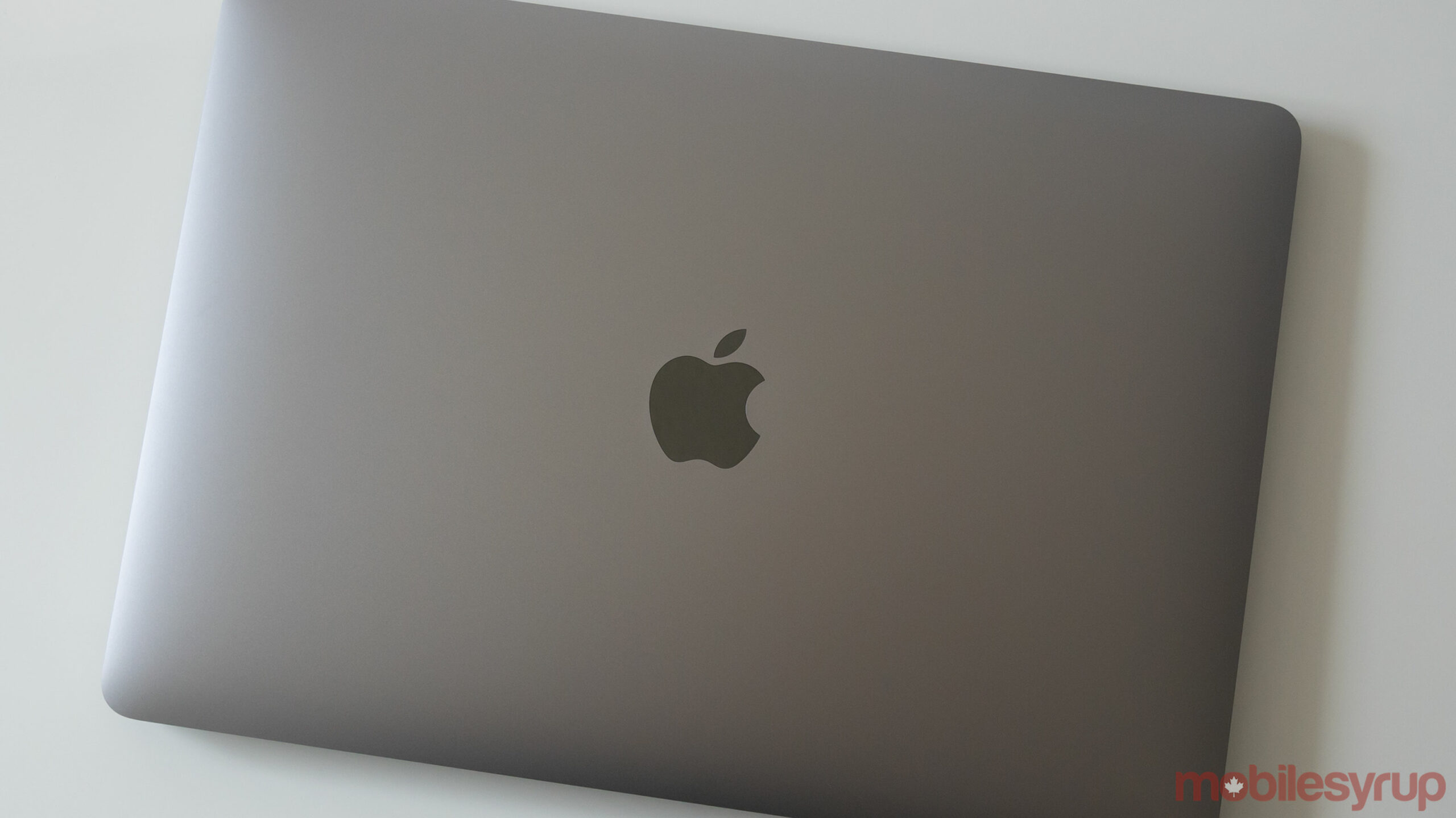
Apple is reportedly planning to release two new redesigned MacBook Pro laptops with mini LED display technology in 2021, according to often-reliable Apple analyst Ming-Chi Kuo.
This follows up a report from Kuo a few weeks ago that stated Apple is preparing to redesign its MacBook lineup in the second half of 2021.
Kuo goes on to say that he expects Apple’s adoption of mini LED technology to accelerate over the next few years, with the company moving to ship between 10 and 12 million units in 2021 and 28 million in 2022. His initial prediction was 2 million to 3 million units in 2021 and 4 million to 5 million units in 2022. As you may have already guessed based on the name, mini LED tech features thousands of tiny LED backlights that offer superior local dimming compared to standard LED displays.
Along with the two redesigned MacBook Pro Laptops, which are presumably a new take on the current 13-inch and 16-inch MacBook Pro, Kuo also says that Apple plans to release a MacBook Air with a new form factor in 2022. Hopefully, Apple also minimizes the 13-inch MacBook Pro and MacBook Air’s bezels, allowing a 14-inch display to fit into a body of a similar size.
Finally, Kuo’s investor note says that Apple will launch “2 or 3 new chargers in 2021,” though it’s unclear what that means. 9to5Mac speculates that this could relate to the tech giant planning to adopt faster charging GaN technology in its chargers.
Apple most recently refreshed its MacBook Air, 13-inch MacBook Pro and Mac mini with its powerful new M1 processor. Though Kuo doesn’t mention this specifically in his investor note, all of Apple’s upcoming redesigned laptops will more than likely feature the tech giant’s new chip.
While the M1 is shockingly powerful, I’ve found Rosetta 2 emulation of Intel apps to be spotty at times, especially with Adobe’s Creative Cloud suite.
Source: 9to5Mac


